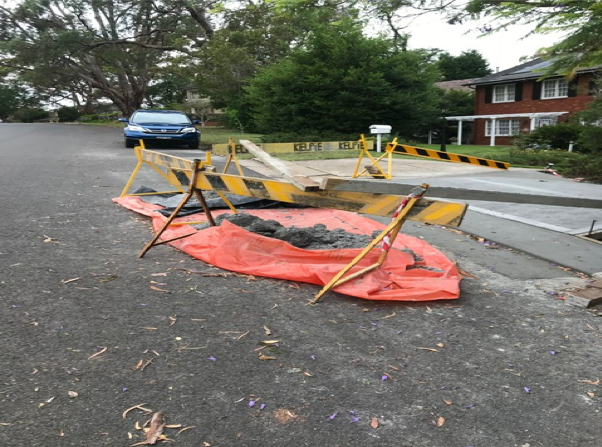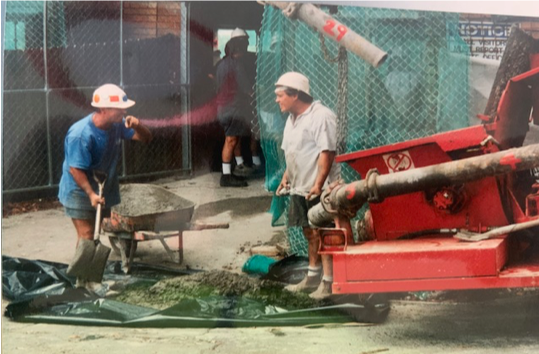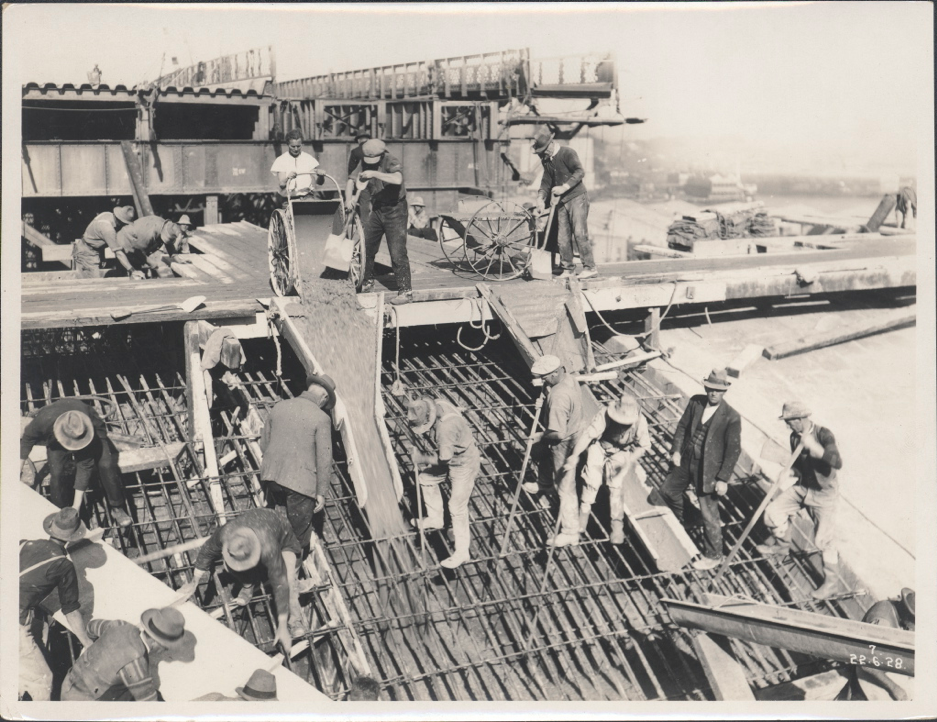Concrete washout bags are easy to use and are cheap to buy. They are lined with an inner plastic bag to stop the leaching of the washout water. They have tie ropes to keep the bag up while being filled.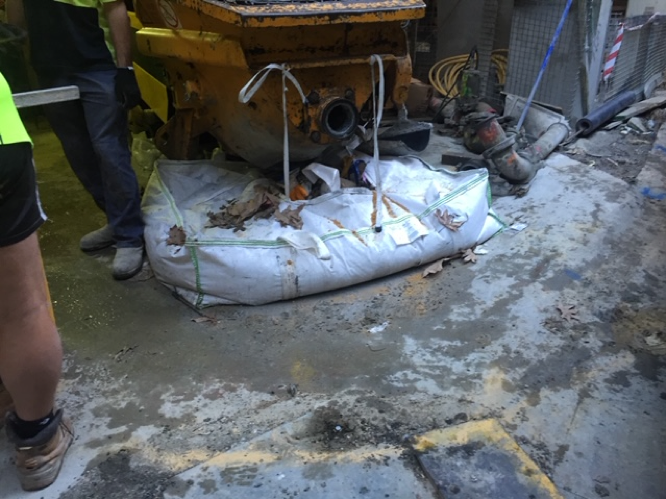
Concrete pump operators keep them on their pumps in case of emergencies when builders haven’t thought of organising a washout area. They have a holding capacity of .5 of a cubic metre. When used on site, the builder needs a crane or forklift to lift as the bag would weigh around a tonne or more when full.
We used to sell the bags around 2 years ago but stopped because of the amount of plastic we were taking to the concrete recyclers and our decision not to use plastic in our operation.
Concrete recyclers were also explaining that it was very difficult to remove all the plastic from the concrete, contaminating the
recycled concrete, and the bags outside weaved material getting caught in the crusher causing them to shut down to untangle the material.
The builder’s problems arise when the pump needs more than a volume of .5m3 to wash out and the water ends up all over the surrounding area. This can create slip hazards when the slurry dries or if used on a roadway, as well as time and labour to clean up after the pump has gone. When the bag is picked up full and wet, the slurry often pours out of the bag, as it has no rigidity until the concrete has cured.
These bags are usually dumped into the onsite skip and add to hidden costs as the skip bin will quickly get to its weight limit without even utilising the skips volume capacity. The builders who are adopting a more sustainable future would possibly not use these bags on their sites.
Enjoy the photos. The next post is on concrete washout trays.
Is this set up really going to work?
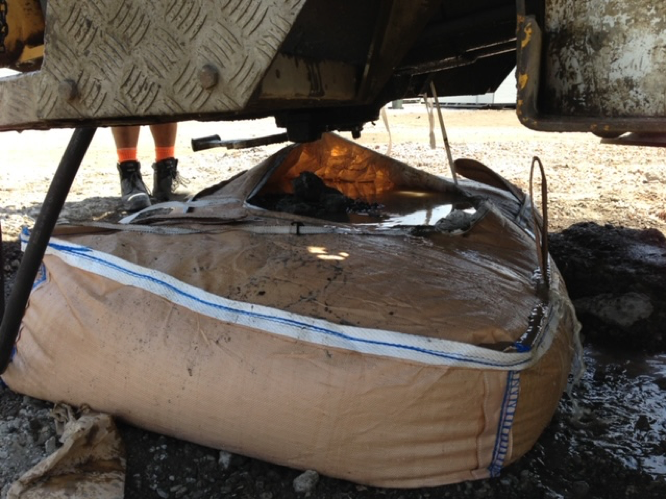
Overweight issues:

Need a bigger bag:

Future land fill; there is a better way:
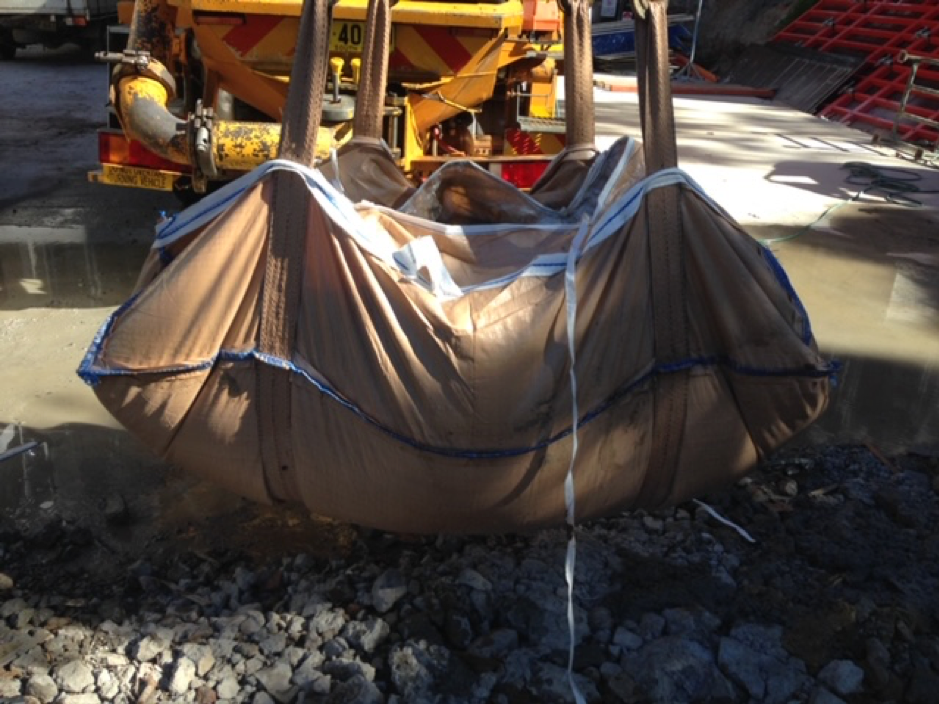
Want to know more, then get in touch

